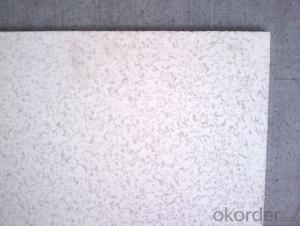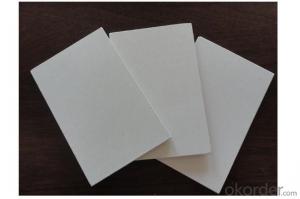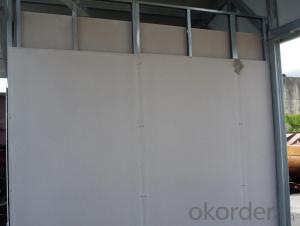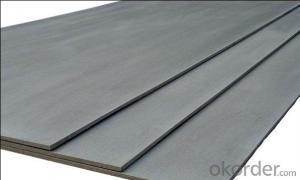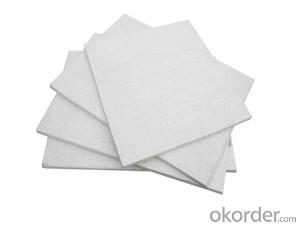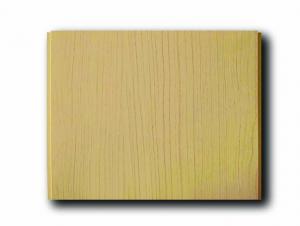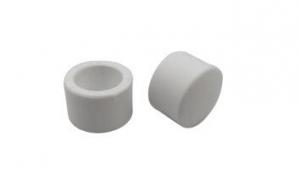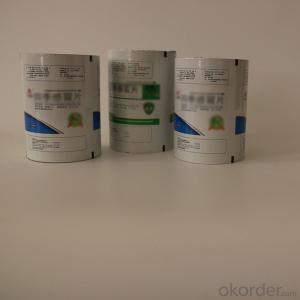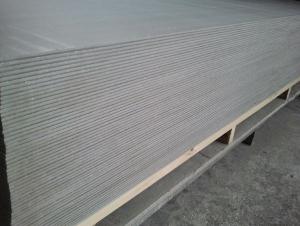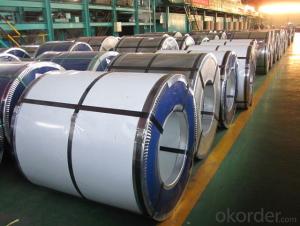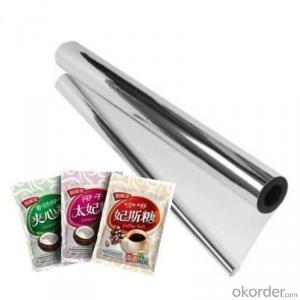High Temperature Clear Plastic Sheet
High Temperature Clear Plastic Sheet Related Searches
Best Stainless Steel For Knives Primer For Galvanized Steel H S Code For Stainless Steel Wd 40 For Stainless Steel Spray Paint For Stainless Steel Glue For Stainless Steel Drill Bits For Stainless Steel Spray For Stainless Steel Welder For Stainless Steel Magnets For Stainless SteelHot Searches
Pvc Chairs For Sale Plastic Roof Tiles For Sale Heavy Duty Plastic Chairs For Sale Plastic Sheets For Sale Fiber Sheet Price In India Gypsum Board Price Per Sheet In India pvc pipe manufacturers in usa Stainless Steel Sheet Near Me Plastic Fiber Sheet Price Upvc Roofing Sheet Manufacturer In India China Pvc Geomembrane China Geomembrane Roll Sheet Pvc Roofing Sheets Price India Pvc Roofing Sheets Price 5 8 Type X Gypsum Board Price Gypsum Board Price Per Sheet pvc resin price index Lasani Wood Sheet Price Rhino Roofing Sheet Price List Tinplate Sheet PriceHigh Temperature Clear Plastic Sheet Supplier & Manufacturer from China
Okorder.com is a professional High Temperature Clear Plastic Sheet supplier & manufacturer, offers integrated one-stop services including real-time quoting and online cargo tracking. We are funded by CNBM Group, a Fortune 500 enterprise and the largest High Temperature Clear Plastic Sheet firm in China.Hot Products
FAQ
- Stainless steel sheets possess resistance against chemicals and acids, thanks to the high percentage of chromium they contain. This results in the formation of a protective layer on the metal's surface, granting it exceptional resistance to corrosion and damage caused by chemicals and acids. Moreover, the inclusion of elements like nickel and molybdenum further enhances this corrosion-resistant quality. Industries like chemical processing, pharmaceuticals, food and beverage, and automotive widely employ stainless steel sheets due to their exposure to aggressive chemicals and acids. The reliability and durability of stainless steel in withstanding corrosion and chemical attack render it an ideal material for applications requiring such resistance.
- Yes, stainless steel sheets can be used for medical implants or devices. Stainless steel is a common material used for medical implants and devices due to its excellent corrosion resistance, strength, and biocompatibility. It is often used for applications such as orthopedic implants (like hip replacements and bone plates), surgical instruments, dental implants, and cardiovascular devices. Stainless steel sheets can be precisely fabricated into the desired shape and size for various medical applications, ensuring durability and long-term functionality. Additionally, stainless steel can be easily sterilized, making it suitable for use in medical environments.
- Typically, stainless steel sheets are not employed for electrical conductivity. Stainless steel is renowned for its exceptional resistance to corrosion and durability, rendering it apt for a diverse range of applications like kitchen appliances, construction materials, and industrial equipment. Nevertheless, stainless steel falls short in terms of conductivity compared to metals such as copper or aluminum. Consequently, materials with superior electrical conductivity properties are commonly preferred for electrical purposes.
- Certainly, architectural designs can definitely incorporate stainless steel sheets. Stainless steel is a highly adaptable material that offers numerous advantages for architectural purposes. It is renowned for its durability, resistance to corrosion, and attractive appearance, which has made it a favored option among architects and designers. Stainless steel sheets can be utilized in various architectural elements, including cladding, roofing, facades, and decorative features. The sleek and contemporary look of the material adds a touch of sophistication to any design, whether it be a residential building, commercial structure, or public space. One of the primary benefits of stainless steel sheets is their ability to resist corrosion, making them suitable for both interior and exterior use. They can withstand severe weather conditions, UV radiation, and pollutants, ensuring a long-lasting and low-maintenance solution for architectural projects. Furthermore, stainless steel sheets are available in a variety of finishes, such as brushed, polished, and patterned, allowing architects to create distinctive and visually appealing designs. The material can be easily shaped, welded, and fabricated into various forms, enabling architects to achieve their desired architectural vision. Stainless steel sheets also provide excellent fire resistance, making them ideal for applications where safety is a priority. They are non-combustible and have a high melting point, offering additional protection in the event of a fire. Moreover, stainless steel is an environmentally friendly choice. It is 100% recyclable, with a high recycling rate, reducing the demand for new raw materials and helping to minimize waste. In summary, stainless steel sheets are a versatile and durable material that can be effectively utilized in architectural designs. Their resistance to corrosion, aesthetic appeal, fire resistance, and sustainability make them a popular choice among architects and designers for a wide range of applications.
- The common sizes and thicknesses of stainless steel sheets vary depending on the intended use and industry standards. However, there are some standard sizes and thicknesses that are commonly found in the market. For stainless steel sheets, the most common sizes range from 4x8 feet (1219x2438mm) to 5x10 feet (1524x3048mm). These sizes are widely available and are suitable for various applications such as construction, automotive, and fabrication. Regarding thickness, stainless steel sheets are available in a range of gauges, usually measured in inches or millimeters. The most common thicknesses for stainless steel sheets are 0.0276 inches (0.7mm), 0.0359 inches (0.91mm), 0.0478 inches (1.21mm), 0.0598 inches (1.52mm), 0.0747 inches (1.90mm), and 0.0897 inches (2.28mm). These thicknesses are frequently used in commercial and industrial applications. It is important to note that stainless steel sheets can be custom-made to meet specific requirements, including non-standard sizes and thicknesses. In such cases, it is advisable to consult with a supplier or manufacturer who can provide personalized solutions based on the specific needs of the project.
- Yes, stainless steel sheets can be used for decorative purposes. They are known for their sleek and modern look, making them a popular choice for various decorative applications such as countertops, backsplashes, wall cladding, and furniture. Their durability, resistance to corrosion, and ability to maintain a clean appearance make them suitable for both indoor and outdoor decorative projects.
- Stainless steel sheets go through a complex production process with multiple stages. Initially, raw materials such as iron ore, chromium, and nickel are melted in an electric arc furnace to eliminate impurities and create a molten metal. Next, the molten metal is cast into slabs or billets. These slabs undergo hot rolling, where they are passed through rollers to reduce thickness and increase length. This rolling process also refines the grain structure, resulting in a more uniform steel. After hot rolling, the steel is pickled and annealed to remove any scale or impurities and reduce internal stresses. Pickling involves immersing the steel in acid to remove surface oxide, while annealing is a heat treatment process. Following pickling and annealing, the steel undergoes cold rolling at room temperature to further reduce thickness and improve surface finish. This step also imparts desired mechanical properties to the stainless steel sheets. Once the desired thickness is achieved, the sheets are subjected to various finishing processes. These may include surface treatments like polishing, embossing, or etching to enhance appearance and texture. Additionally, cutting techniques like shearing or laser cutting can be employed to achieve the desired size. Lastly, quality control checks are conducted to ensure the sheets meet required specifications. This involves inspecting dimensions, surface finish, and mechanical properties. Once approved, the sheets are packaged and distributed to industries that utilize stainless steel. In conclusion, the manufacturing process of stainless steel sheets involves melting, casting, hot rolling, pickling, annealing, cold rolling, and finishing. This meticulous process guarantees the production of high-quality sheets with exceptional corrosion resistance, strength, and aesthetic appeal.
- Generally, stainless steel sheets exhibit resistance to acetic acid. Acetic acid, being a weak acid, does not bring about substantial corrosion or harm to stainless steel. Nevertheless, extended exposure to highly concentrated or boiling acetic acid might induce certain corrosion or discoloration on the surface of the stainless steel. It is crucial to acknowledge that the resistance of stainless steel to acetic acid can fluctuate based on the precise grade and composition of the stainless steel.





